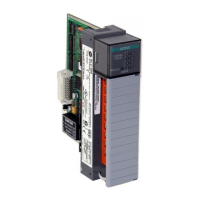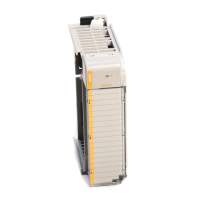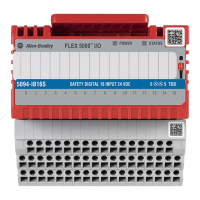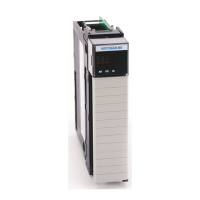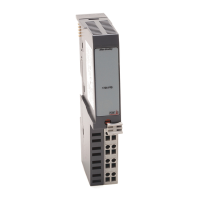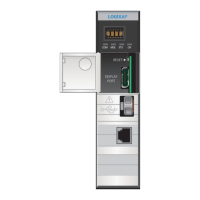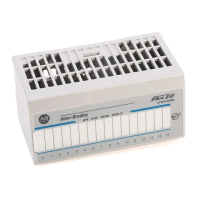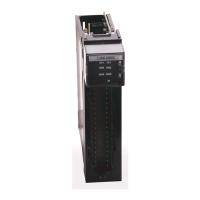
Do you have a question about the Rockwell Automation Allen Bradley Guardmaster Sipha 2 and is the answer not in the manual?
| Brand | Rockwell Automation |
|---|---|
| Model | Allen Bradley Guardmaster Sipha 2 |
| Category | Control Unit |
| Language | English |
Details the safety (S) and auxiliary (A) contact types.
Specifies the ingress protection level of the device.
Indicates whether the device is pre-cabled.
Describes the type of fixations used.
Defines the electrical breaking capacity of the switch.
Lists the standards the device conforms to.
Shows approvals from testing organizations.
Confirms Electromagnetic Compatibility (EMC) testing.
Provides extra remarks and usage guidance.
Gives the overall physical dimensions of the device.
Lists product types and their corresponding reference numbers.
Explains the function of the control unit for Sipha sensors.
Shows contact arrangements for Sipha 1 and Sipha 2.
IP rating for Sipha 1 and Sipha 2.
Cable entry status for Sipha 1 and Sipha 2.
Mounting method for Sipha 1 and Sipha 2.
Electrical breaking capacity for Sipha 1 and Sipha 2.
Standards compliance for Sipha 1 and Sipha 2.
Approvals for Sipha 1 and Sipha 2.
EMC testing status for Sipha 1 and Sipha 2.
Describes the function of the control unit for each model.
Physical dimensions for Sipha 1 and Sipha 2.
Product types and reference numbers for Sipha 1 and Sipha 2.
Overview of the Sipha 2 non-contact guard interlock switch system.
Instructions for installing the Sipha 2 system.
Important notes and precautions for installation and use.
Advice on mounting the switch and actuator on non-ferrous materials.
Detailed wiring diagram and terminal connections.
Important information regarding fuses and safety.
Examples of how to wire the Sipha 2 for different applications.
Procedures to follow before operating the machine.
Instructions for mounting on a 35mm DIN rail.
Detailed technical specifications of the Sipha 2 system.
System checks during operation and infrequent use.
Guidelines for regular inspection and maintenance.
How to handle faults, repair, or replace the unit.
Identifies symptoms, causes, and solutions for common issues.
Official declaration of the product's conformity to standards.
